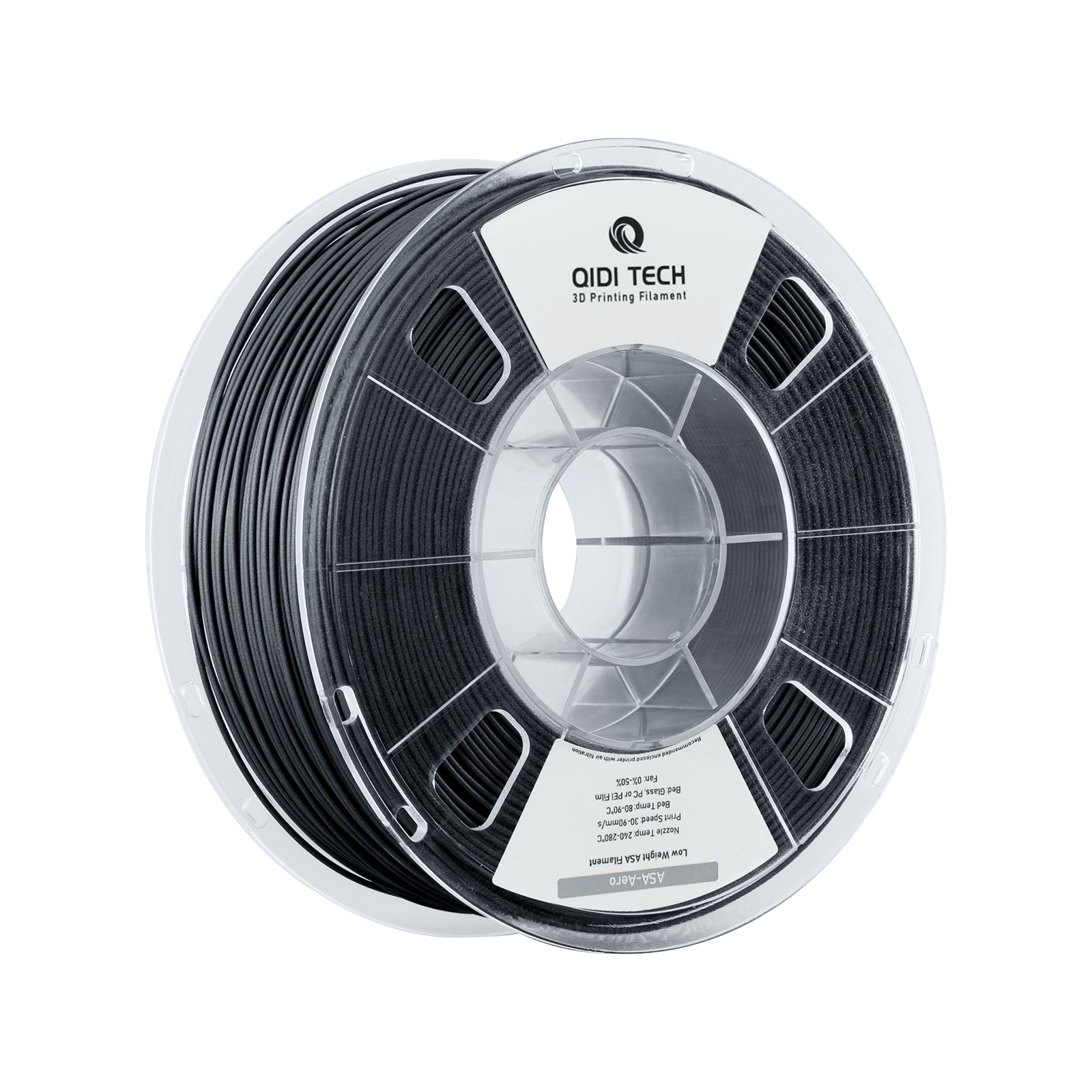Unlock the Secrets of ASA Filament: Elevate Your Outdoor Signage Game!
When it comes to creating outdoor signage, material choice can make all the difference. Enter ASA filament, a robust and versatile material that has taken the 3D printing world by storm. Known for its excellent weather resistance and durability, ASA filament stands out as a superior alternative to other common materials like ABS and PLA. Its unique properties allow it to withstand harsh environmental conditions, making it a top choice for outdoor applications. In this article, we will delve into the properties and benefits of ASA filament, exploring why it is an essential material for anyone looking to create effective and long-lasting outdoor signage.

Understanding ASA Filament
ASA, or Acrylonitrile Styrene Acrylate, is a thermoplastic material that is prized for its outstanding mechanical properties and resistance to environmental factors. It is composed of three main components: acrylonitrile, styrene, and an acrylate modifier. This unique combination gives ASA filament its strength and flexibility, setting it apart from other filaments like ABS, which lacks UV resistance, and PLA, which is not suitable for high-temperature environments. The manufacturing process of ASA involves polymerization, where these components are combined under controlled conditions to produce a filament that is not only strong but also easy to print. This makes ASA filament an excellent choice for outdoor signage, where durability and appearance are critical.
Key Properties of ASA Filament
When considering materials for outdoor signage, several key properties of ASA filament come into play. One of the most notable is its UV resistance, which allows it to maintain its color and structural integrity even after prolonged exposure to sunlight. Unlike other materials that may fade or become brittle, ASA can withstand the sun's harmful rays without significant degradation. Additionally, ASA is known for its weatherability, meaning it can endure a variety of environmental conditions, including rain, wind, and temperature fluctuations. Its impact strength is another critical property; ASA can absorb shocks and resist damage from accidental bumps or falls, making it ideal for outdoor use. These attributes collectively contribute to the longevity and performance of signage created with ASA filament.
Benefits of Using ASA Filament for Outdoor Signage
Using ASA filament for outdoor signage offers numerous benefits that make it a worthwhile investment. First and foremost, its durability ensures that signs remain intact and visually appealing, even in challenging weather conditions. A friend of mine who runs a small business recently switched to ASA filament for his outdoor signs and noticed a significant improvement in how they held up over time compared to his previous signage made from PLA. Not only does ASA provide aesthetic versatility with a wide range of colors and finishes, but it also allows for intricate designs that can enhance brand visibility. Additionally, ASA filament is cost-effective in the long run; while the initial cost may be slightly higher than some alternatives, its durability and low maintenance requirements mean fewer replacements and repairs, ultimately saving money. Use cases include everything from restaurant signage to public information boards, showcasing the versatility of ASA in various outdoor environments.
Printing Considerations for ASA Filament
To achieve optimal results when printing with ASA filament, several considerations must be taken into account. First, ensuring proper bed adhesion is crucial; using a heated bed can help prevent warping and improve the bond between the filament and the print surface. Temperature settings also play a vital role; ASA typically requires a nozzle temperature between 240°C to 260°C and a bed temperature of around 80°C to 100°C for best results. It's also essential to maintain good airflow around the print to avoid issues with layer adhesion. Post-processing techniques, such as sanding or applying a protective coating, can further enhance the appearance and durability of the final product. By following these tips, you can ensure that your ASA prints are not only functional but also visually striking.
Final Thoughts on ASA Filament for Outdoor Signage
In summary, ASA filament stands out as a premier choice for creating outdoor signage due to its unique properties, including UV resistance, weatherability, and impact strength. The benefits of using ASA are evident, from its long-lasting durability to its aesthetic versatility and cost-effectiveness. If you are considering your next signage project, ASA filament should undoubtedly be at the forefront of your material selection. By embracing this innovative filament, you can elevate your outdoor signage game and ensure that your messages are not only seen but also remembered.








